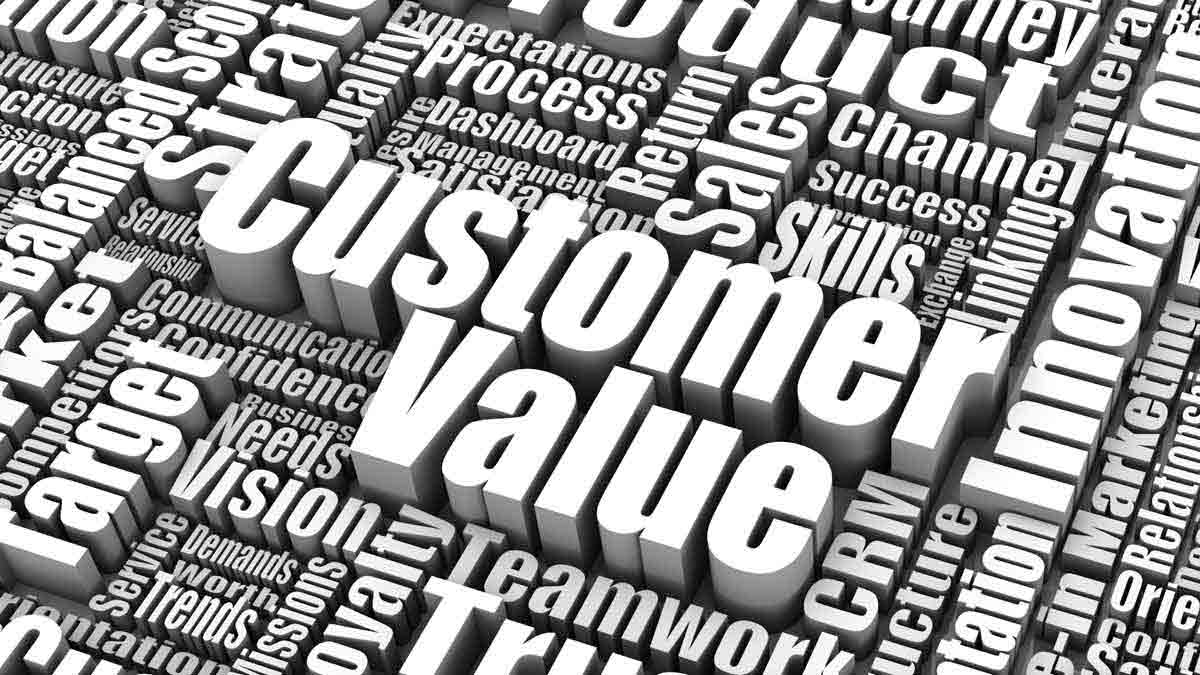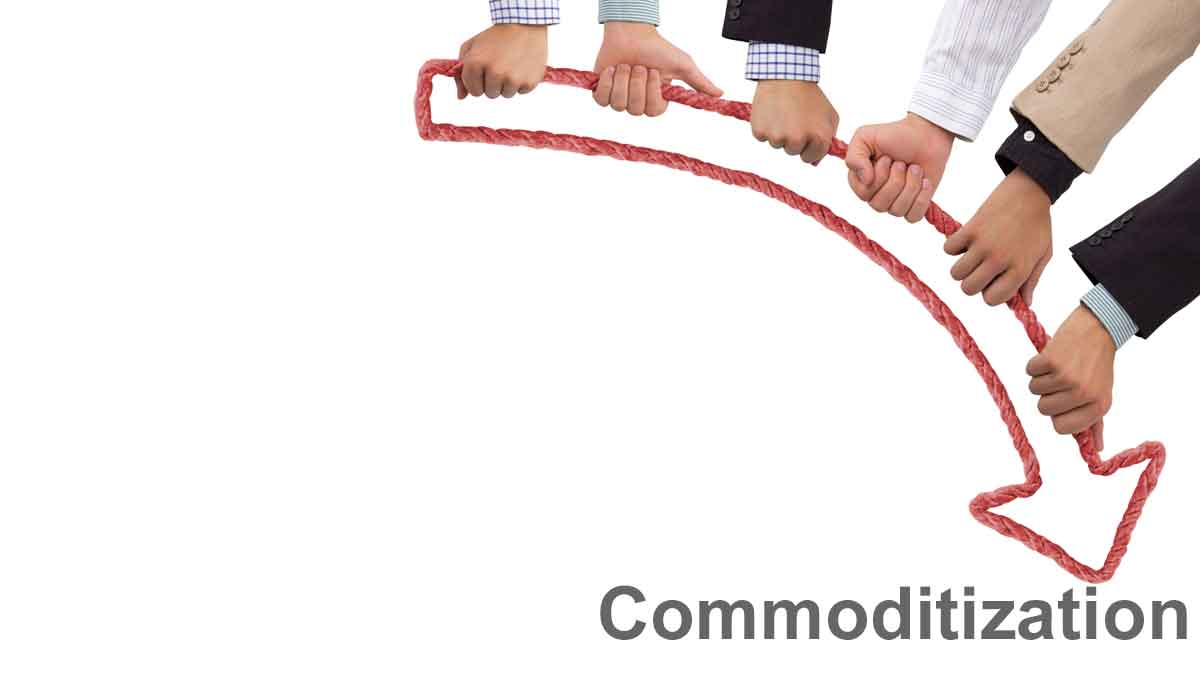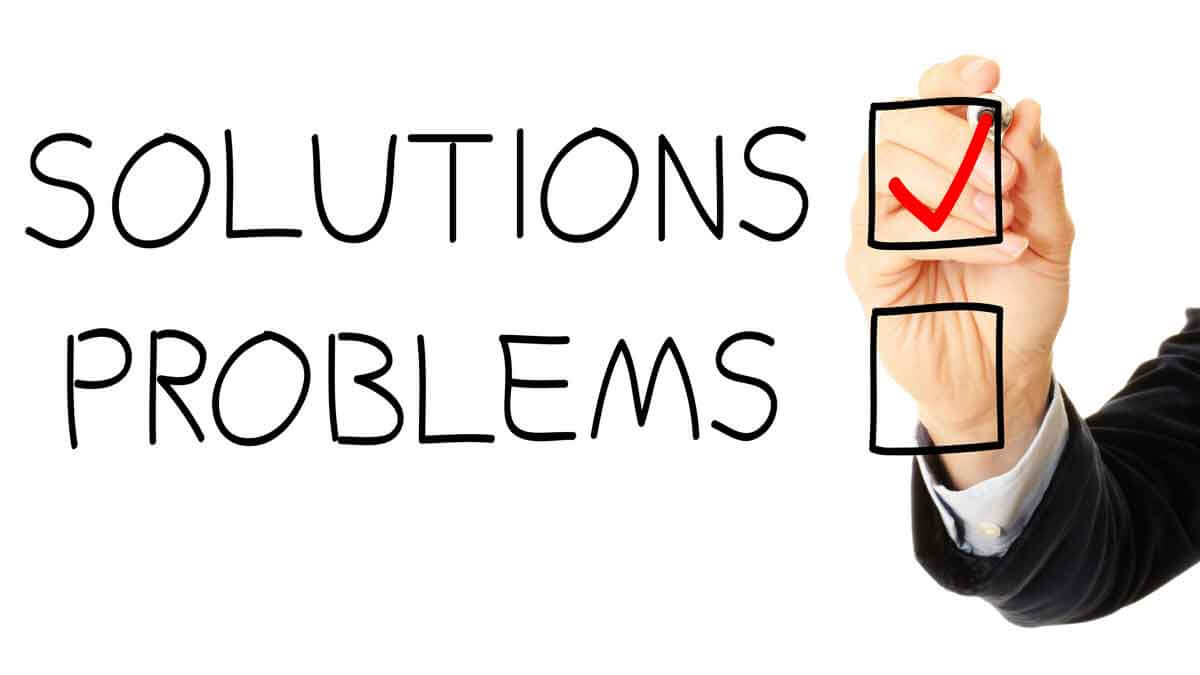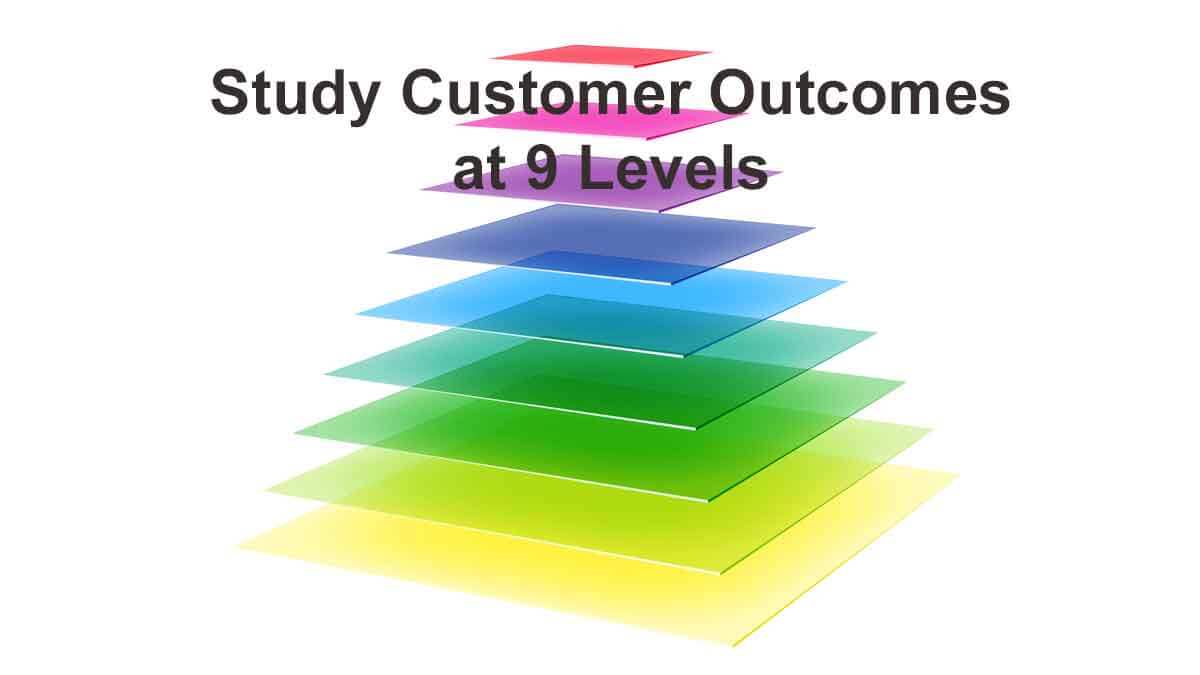Consider four steps: 1. Understand value, learning which important outcomes customer lack. 2. Quantify value, estimating the potential value beyond customers’ next best alternative. 3. Build value, by developing a new offering. 4. Communicate value, with a dynamic launch. Most companies can get much better at steps 1, 2, and 4.
More in article, Three Steps to Unbeatable Value Propositions (Originally published in B2B Organic Growth newsletter).
You want differentiated new products that will induce enthusiastic customers to open their wallets wider. Differentiated products must be… different. But different from what, in what ways, and to what extent? 100% of this information can be learned from B2B customers… but only if you engage them in specific discussions. Very few suppliers do this correctly.
More in article, Four Steps Needed for New Product Differentiation (Originally published in B2B Organic Growth newsletter).
Customers only pay a higher price for your innovation if it is important, measurable, and distinctive. The customer must a) care about the outcome being improved, b) observe the improvement so you get credit for it, and c) be unable to get the same improvement from your competitors. Sorry, but you need all three.
More in New Product Blueprinting article, Three Steps to Unbeatable Value
Ever watch stage-gate reviews or entire workshops wrestling with The Value Proposition? It’s not pretty. In my experience, good B2B customer interviews yield potential value propositions like so many ripe apples falling from a tree. You just need to pick which to pursue. If you have to dream them up, you’re climbing the wrong tree.
More in article, Three Steps to Unbeatable Value Propositions (Originally published in B2B Organic Growth newsletter).
If you want to create an unbeatable value proposition with your B2B product, understand customer value by moving to the highest of 6 levels for customer insight. Then quantify value by building a value calculator, and communicate value with a B2B-optimized product launch. ... Read More
You have to deliver important value that customers cannot get anywhere else to command a higher price. If customers can get this same value from just one other supplier, they’ll use it as leverage for lower pricing. So the difference between delivering new value and matching existing value is the difference between raising and lowering market pricing.
Download our Free white paper to discover how the Innovation Wave will differ from earlier Quality and Productivity Waves. Catch the Innovation Wave (page 8).
If you don’t ask customers the right questions, you can’t quantitatively assess their next best alternative. So you’ll have to guess at pricing. Guess too high and customers won’t buy. Guess too low and… well, customers will let it go this time. And you leave money on the table, perhaps for a decade or more.
Read more in this free white paper, Catch the Innovation Wave (page 12), which details how your company can improve customer value and experience a significant increase in sustainable organic growth.
When you give customers a value calculator with hard numbers, you are much more credible and you build their confidence in your new product. And you boost customer “internal selling.” If your unit price is higher than competitors’, you can help your customer purchasing agent prove he’s a hero, not a goat.
Read more in article, Getting Top Price for Your New Product (Originally published in B2B Organic Growth) Resist the temptation to ask a customer, “What would you pay for this?” There’s a little alarm that sounds in the customer’s head saying you’ve stopped trying to help him, and are now trying to help yourself.
Sure, you can develop products that you find exciting. But unless these products address something customers find important and unsatisfied, don’t expect them to buy them. And if customers do buy your product, they certainly won’t pay a premium. If you’re not happy about this, you’ll have to complain to Adam Smith.
More in white paper, Catch the Innovation Wave (page 8).
There are many forces dragging your products toward commoditization: competitors trying to imitate your products… purchasing agents trying to standardize your products… new technologies trying to obsolete your products. In your quest toward specialty products, you’ll get no outside help. You own this one, baby.
More in article, The Commodity Death Spiral (Originally published in B2B Organic Growth newsletter).
Customers own “outcome” space. You own “solution” space. Don’t let them into your space… unless you want to become a contract manufacturer. Instead, enter their space to understand desired outcomes better than competitors. This lets you deliver unique value in your solutions, which is handsomely rewarded though premium pricing.
More in article, Should You Develop New Products like Steve Jobs? (Originally published in B2B Organic Growth newsletter).
You begin by uncovering, understanding, defining and setting outcomes’ direction… and end by quantifying their value. Skipping just one level dramatically decreases your odds of a highly-profitable new product. Do you know how many levels are baked into your new product development process? If you don’t, it’s less than nine.
More in article, The Science behind Great Value Propositions (Originally published in B2B Organic Growth newsletter).
I am sometimes asked to do a workshop on developing value propositions. I say, “Not unless you invite your customers to it.” Seriously, suppliers already spend far too much time guessing what customers want. Why try to legitimize this innovation malpractice by creating and word-smithing value proposition statements internally?
More in article, The Science behind Great Value Propositions (Originally published in B2B Organic Growth Newsletter).
Great value propositions begin and end with customer outcomes. It’s like collecting specimens, sliding them under your microscope, and continuing to turn up the magnification. The careful researcher doesn’t have to agonize over the right value proposition. It comes into increasing focus, waving its arms and screaming to be addressed.
More in white paper, Timing is Everything (page 9).













